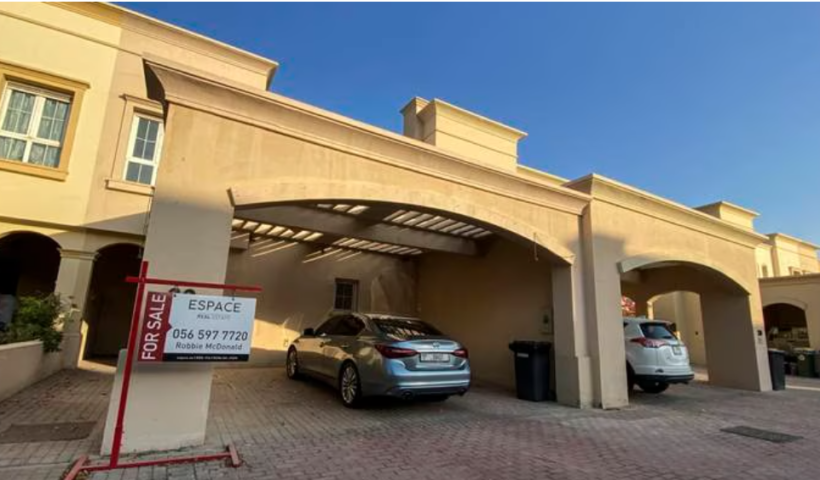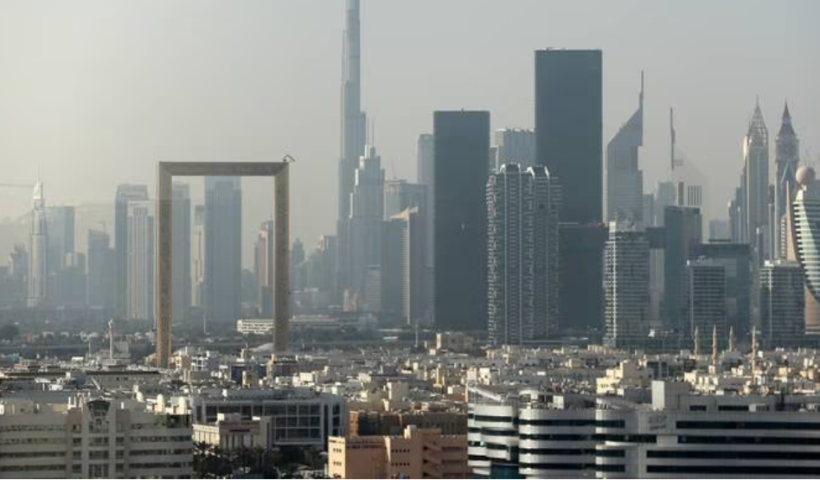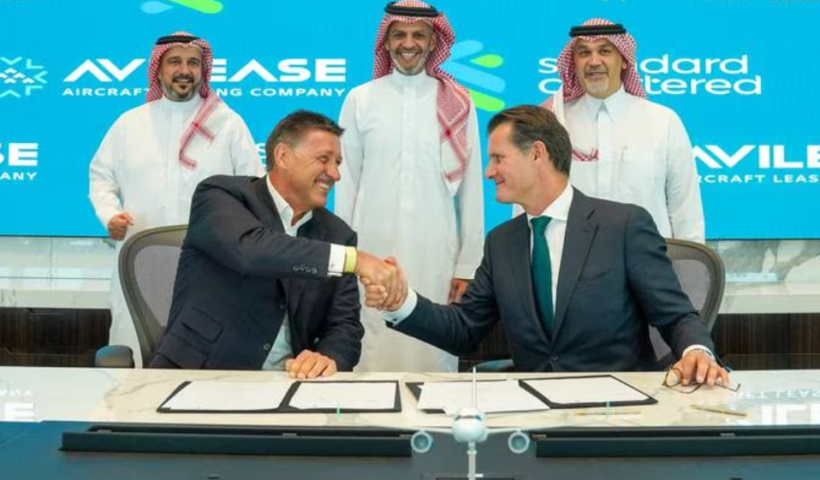Despite global macroeconomic headwinds, the UAE’s non-oil economy expanded strongly in the first half of the year, which helped the country’s real estate market perform well across all sectors.
According to consultant CBRE’s most recent market report, average prices in Dubai’s market increased by 16.9% in the year to June 2023, while the residential market in Abu Dhabi registered 4,737 sales transactions in the first half of the year, up 88.6% yearly.
The hospitality industry was supported by UAE hotels, which saw an increase in average occupancy rates of 4.1 percentage points during the first half of the year.
Despite what appears to be diminishing global financial challenges, the outlook is still generally favorable, according to the UAE Real Estate.
The impact of rising interest rates, the effect on consumers as a result of rising property costs, particularly in Dubai, and lastly the overall effect of a falling US currency are the main downside risks that we are keeping an eye on.
The second-largest economy in the Arab world, the UAE, increased 7.9% last year, the most in 11 years, following growth of 4.4% in 2021. This growth was aided by the non-oil sector as the nation advanced its diversification policy.
According to the UAE Central Bank, its GDP is projected to increase by 3.3% this year, with the non-oil sector rising by 4.5%.
The non-oil private sector’s business activity grew as new order growth reached a four-year high in june.
From 55.5 in May to 56.9 in June, the seasonally adjusted S&P Global purchasing managers’ index reading increased. This was significantly higher than the neutral 50-point line separating growth from contraction.
Every one of the previous 31 survey periods has seen an improvement in the non-oil private sector’s health.
The government’s measures, such as residency permits for retirees and remote employees, have helped the country’s real estate market recover quickly from the downturn brought on by the coronavirus.
The expansion of the 10-year golden visa program, the financial benefits of Expo 2020 Dubai, and increased oil prices all contributed to the sector’s expansion.
Rise of the residential market
According to CBRE, average villa prices rose by 15.1%, while average apartment prices jumped by 17.2% during the course of the year in Dubai’s residential sector.
According to the report, the average price of an apartment in June was Dh1,294 per square foot, while the average price of a villa was Dh1,525 per square foot.
The survey revealed that while average villa prices are already 5.5% over this peak and some areas have long beyond 2014 levels, average apartment sales rates are still 13.1% behind the highs records of 2014.
The study stated that the number of transactions in the first half of the year was 57,738, which was the “highest total over this period on record” and represented a rise of 43.2% annually.
A total of 16,499 residential units were finished and delivered in the first two quarters of 2023, with Downtown Dubai, Dubai Creek Harbour, and Business Bay accounting for 44.6% of this current supply.
Although part of the stock may not be delivered as scheduled, an additional 45,380 units are anticipated to be finished by the end of this year, according to CBRE.
In contrast, rents were stable for the fifth month in a row in June as tenants decided to extend their current leases.
According to CBRE, average apartment and villa prices in Abu Dhabi’s residential market increased by 0.9% and 1.7%, respectively, year over year in the second quarter.
When only transactions from the second quarter were taken into account, the average price for an apartment was Dh14,873 and the average price for a villa was Dh11,232.
According to the research, the market saw 4,737 sales transactions in the first half of the year, a growth of 88.6% yearly, supported by a rise in off-plan market sales of 151.1% and a rise in secondary market sales of 10.5%.
At the halfway point of the year, 1,265 units have been finished in Abu Dhabi, with 65.8% of this supply going to Al Raha.
Over the final two quarters of the year, an additional 4,538 units are anticipated to be finished, with Al Maryah Island set to get 49% of this new supply. The average rent for apartments in Abu Dhabi grew modestly by 0.1% in the second quarter, while the average rent for villas increased by 1%.
According to registrations for rentals in the second quarter, the average rent for apartments was Dh66,259 and the average rent for villas was Dh166,248.
Tourism boom supports the hospitality industry
According to the survey, the reopening of the European travel market is now helping the UAE’s hospitality sector.
According to CBRE, travelers are being enticed to arrange a stopover in the nation, which is boosting demand and profitability during the traditionally slow summer season.
According to CBRE, the average hotel occupancy rate in the UAE improved by 4.1 percentage points in the year to June, while the average income per available room—a crucial indicator of the hotel industry’s performance—rose by 3.6% annually.
According to the report, the industry is anticipated to keep expanding throughout the year as a result of a number of significant upcoming events, including the Cop 28 summit, the Abu Dhabi F1 Grand Prix, and the steady restoration of important supply markets that reopened after the pandemic.
According to CBRE, the nation’s commercial, industrial, and retail real estate sectors all saw growth in the first half of the year.



